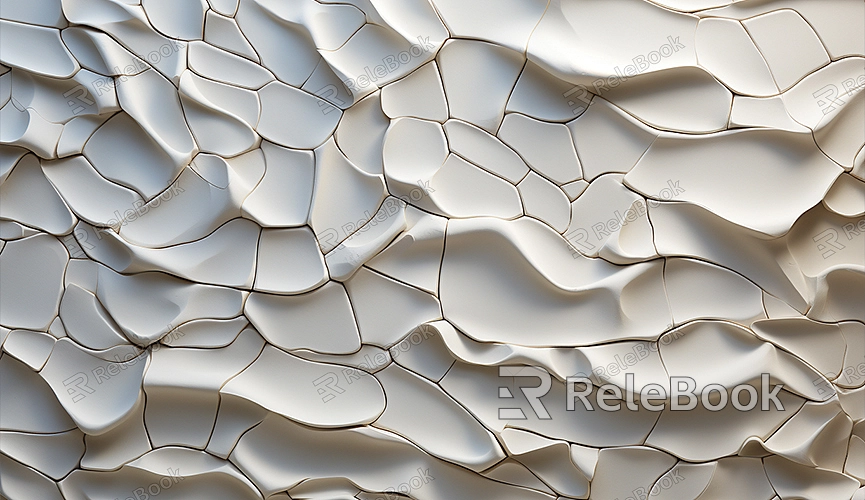Application of Seamless Dirt Textures
Seamless dirt textures are commonly used in 3D graphic design, game development, and virtual environment rendering to enhance realism and add details. They are particularly popular for rendering surfaces such as ground, floors, or other scenes related to dirt. Today, let's understand the steps and workflow for using seamless dirt textures in 3D design software.

1. Choose the Right Dirt Texture for Your Scene: Based on design requirements, select a seamless dirt texture—whether it's moist soil, sandy terrain, or dry earth.
2. Prepare the 3D Scene: Set up the scene in Blender or other 3D modeling software, ensuring that scene elements complement the dirt texture.
3. Import Seamless Dirt Texture: Import the chosen seamless dirt texture into the project, ensuring that image quality and resolution meet design standards.
4. Adjust UV Mapping: Adjust UV mapping on scene elements to ensure accurate mapping of the dirt texture to different parts.
5. Render and Illuminate: Adjust lighting effects in rendering settings and observe how the dirt texture performs under different lighting conditions.
6. Add Details and Natural Effects: Use image editing software to add details to the dirt, adjust natural effects to make it more realistic.
7. Real-time Preview: In 3D modeling software, preview the seamless dirt texture effects in real-time, make adjustments to ensure harmony with the overall scene.
Common Applications of Rendered Seamless Dirt Texture Effects:
1. Farmland Cultivation Scene: Apply a moist dirt texture to create a realistic agricultural atmosphere for farmland cultivation scenes, emphasizing the natural feel of farming.
2. Courtyard of Ancient Castles: Use sandy terrain texture to design dry and rustic land for the courtyards of ancient castles, highlighting the historical and weathered ambiance.
3. Modeling Desert Wonders: Apply a dry soil texture to create a detailed and layered ground for modeling desert wonders, showcasing the unique charm of deserts.
4. Forest Path Design: Use a moist dirt texture to design a damp and fresh path for forest trails, immersing people in the depths of the forest.
5. Construction Site Scene: Use sandy terrain texture to add a prominent dirt atmosphere to construction site scenes, emphasizing the realism of construction scenarios.
6. Riverside Fishing Village Scenery: Apply a moist dirt texture to create a damp and tranquil riverbank for riverside fishing village scenery, highlighting the village's lively atmosphere.
7. Volcanic Rock Floating Island Model: Use a dry soil texture to design a surface that aligns with the characteristics of volcanic rock for a volcanic rock floating island model, highlighting the island's primitive charm.
8. Outdoor Camping Scene: Use a moist dirt texture to lay a damp and comfortable tent base for outdoor camping scenes, making camping more realistic and enjoyable.
If you need many high-quality 3D textures and HDRI, or if you're looking for 3D model downloads, you can find them on Relebook. Simply download and import the textures and 3D models directly into your project.

